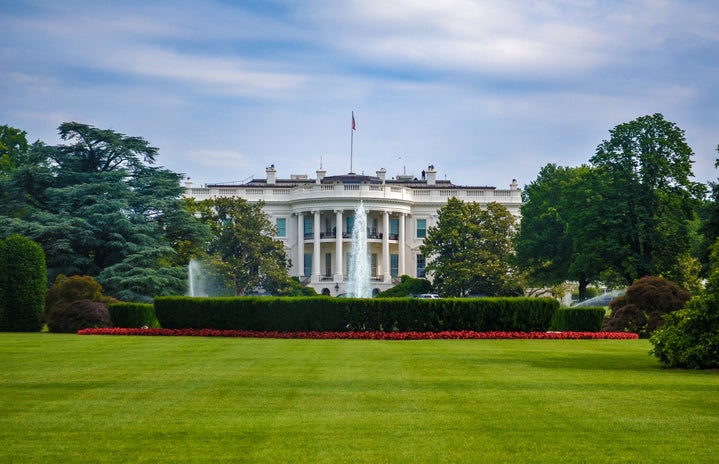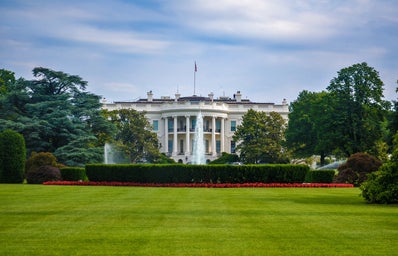(Source: Atlanta Journal Constitution)
From allegations regarding newly elected President Donald Trump’s involvement with Russian prostitutes resurfacing, to claims that Trump hired a crowd scientist to prove that his inauguration crowds were just as large as those that gathered in support of former President Barack Obama’s eight years prior, the tea surrounding this president, even only 11 days into his term is sweeter than what anyone could have imagined.
And it just keeps getting sweeter.
The newest controversy surrounding the presidency is President Trump’s enactment of a ban on immigrants entering the United States from seven Muslim-majority countries. Now, political strategists can surely agree that the information surrounding the executive order is, by all means, a mystery, but what is it that we may not understand?
In your attempt to gather the information to make sense of the matter, we will help you out a little. We have taken the liberty of compiling a “Top Ten” list of facts that you may not have known about this new ban that is stirring up protests all over the country.
So, here’s the tea:
1. Trump’s executive order bans citizens of seven Muslim-majority countries from entering the United States for the next 90 days and suspends the admission of all refugees for 120 days.
2. The countries that President Trump has on the “ban list” are as follows: Iran, Iraq, Syria, Sudan, Libya, Yemen, and Somalia.
3. Collectively, the number of citizens that make up the banned countries are 218 million people. In essence, 218 million people are banned from the United States under this new order.
4. No Muslim – majority country that is home to a Trump tower, hotel, or office building is listed on the “ban list,” even though some of those countries were reported as potential threats to U.S. security in the past.
5. Allegedly, the order did not apply to people with lawful permanent residence, generally referred to as green card holders, however, the Department of Homeland Security decided that green card holders would be considered for entry into the U.S. on a case-by-case basis. According to the Immigration and Nationality Act, immigrants who have already been screened and present a valid visa should be able to enter the United States, but border control officials hold the right to question anyone they suspect might intend to harm the U.S. This is called a secondary screening.
6. Though officials say the ban does not affect green card holders, when Trump administration officials were questioned regarding the specifics of the ban, they at times seemed to contradict themselves during appearances on various news broadcasts. CNN reports, “On NBC, White House chief of staff Reince Priebus said the order “doesn’t affect” green card holders, then later said “of course” it affects green card holders from Iran, Iraq, Syria, Sudan, Libya, Yemen and Somalia — the seven countries that Trump has banned immigration from for 90 days.”
7. Creation of the executive order did not follow the standard agency review process that’s usually supervised by the National Security Council. Before the President issuing the order, the White House did not pursue the legal guidance of the Office of Legal Counsel. (The Legal Counsel is the Justice Department office that interprets the law for the executive branch.)
8. President Trump did not consult the Department of Homeland Security until after he had already signed the order. The first time that career homeland security staff were permitted to see the final details was Friday, January 27, 2017, the same day that Trump signed the order.
9. There is no historical record that citizens of the banned countries have posed a domestic terrorist threat within the last 40 years. Data shows that the number of Americans killed on American soil by citizens of the banned countries from 1975 to 2015 is 0. (Meaning in the last 40 years, no citizen from any of the banned countries has killed an American on American soil.)
10. Statistics further show that the chance of an American being killed by a foreigner in an attack on US soil is 1 in 3.6 million per year. Chances of an American being killed on American soil by a refugee is 1 in 3.64 billion per year.
Now take this information how you will, but we urge you to share. Quench someone else’s thirst for knowledge because honestly, this tea is too good and too hot to be drinking by yourself.
Information gathered from CNN and politifact.com

